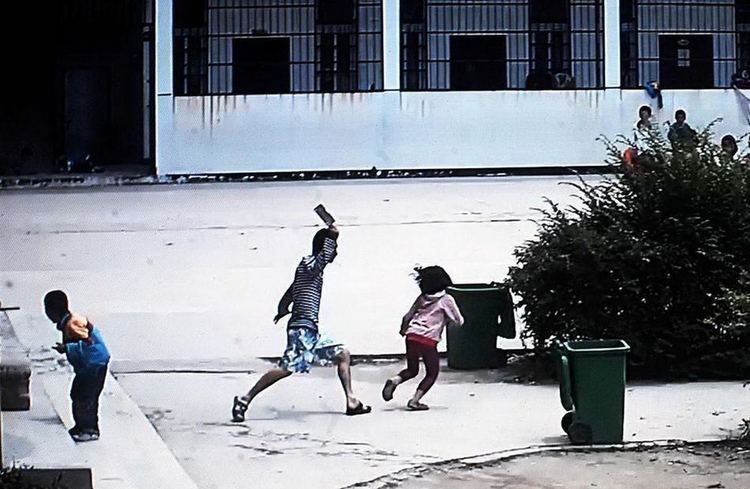Local time Friday 11:31 AM | Time zone China Standard (UTC+8) | |
 | ||
Country People's Republic of China Weather 14°C, Wind SW at 5 km/h, 53% Humidity Points of interest Guifeng Mountain Scenic Spot, Macheng Martyrs Cemetery, Jietianshan | ||
Macheng (Chinese: 麻城; pinyin: Máchéng) is a city in northeastern Hubei province, People's Republic of China, bordering the provinces of Henan to the north and Anhui to the northeast. It is a county-level city under the administration of Huanggang City and abuts the south side of the Dabie Mountains. The city's administrative area covers about 3,600 square kilometres (1,400 sq mi), and includes some 700 villages and small towns. Total population was 1.2 million at the last census.
Contents
Map of Macheng, Huanggang, Hubei, China
History
Macheng has a long history, dating back to the Spring and Autumn period as part of the state of Chu, and was the site of the historic Battle of Boju fought between Chu and Wu in 506 BC. It was named Macheng in 598 AD.
In 1927, a major peasant revolt erupted in Macheng, creating a strong base for the ensuing Communist revolution in 1949. More than 100,000 people joined Mao’s Red Army under local Generals, Wang Shusheng and Chen Zaidao.
Economy
Macheng is rich in resources, with about one million mu, or 670 square kilometres (260 sq mi)) under agricultural cultivation. Forests cover about three million mu (2,000 square kilometres (770 sq mi)), and water covers about 450,000 mu (300 square kilometres (120 sq mi)).
The main mineral reserves are basalt, marble, and silicon, with large deposits of jade, gold, silver (large deposits of gold and silver are not verified) and copper, among others. The main plant crops are Chinese chestnuts, chrysanthemums, and persimmon fruit. The area is also famous for mulberry bushes and related silkworm production.
